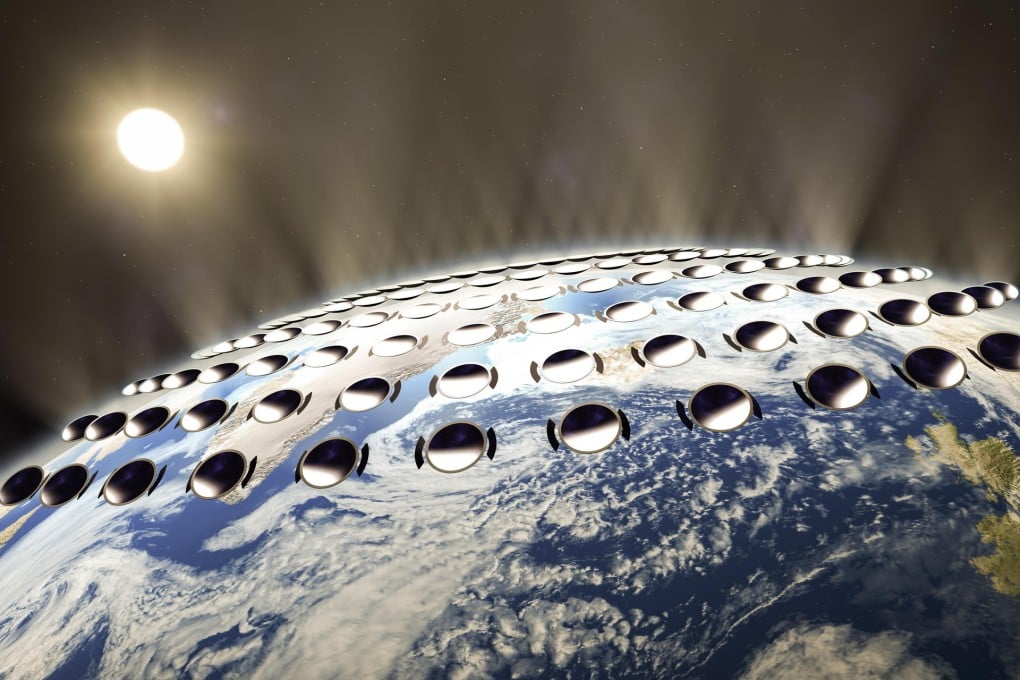Scientists look at ways to cool the planet through geoengineering
Scientists think it's now possible to cool the planet by geoengineering, but our complex ecosystem demands that plans proceed with caution, writes Jamie Carter

Climate change is an unintended by-product of the global industrial society we all live in - a horrible accident that can't easily be cleared up. But by studying its processes, scientists now think they can intentionally influence further change.
They're asking one of the biggest questions of all, one that could succeed nuclear weapons as this century's hottest debate; can we geoengineer a new climate? Technically, the answer is a simple "yes".
"It is possible to cool the planet by injecting reflective particles of sulphuric acid into the upper atmosphere where they would scatter a tiny fraction of incoming sunlight back into space, creating a sunshade for the ground beneath," says David Keith, professor of public policy at Harvard Kennedy School at Harvard University and author of new book, A Case for Climate Engineering.
He calls such solar radiation management "cheap and technically easy", although he knows that talking about changing the weather is a touchy subject that risks moral outrage.
Such is the collective awareness of how sensitive and finely balanced earth's ecosystems really are that few are willing to play fast and loose with climate change. "Many people feel a visceral sense of repugnance on first hearing about geoengineering," says Keith, although he thinks that intuitive response is healthy.
"Our gadget-obsessed culture is all too easily drawn to a shiny new tech fix … a narrow focus on a technology's power too easily blinds us to its risks."